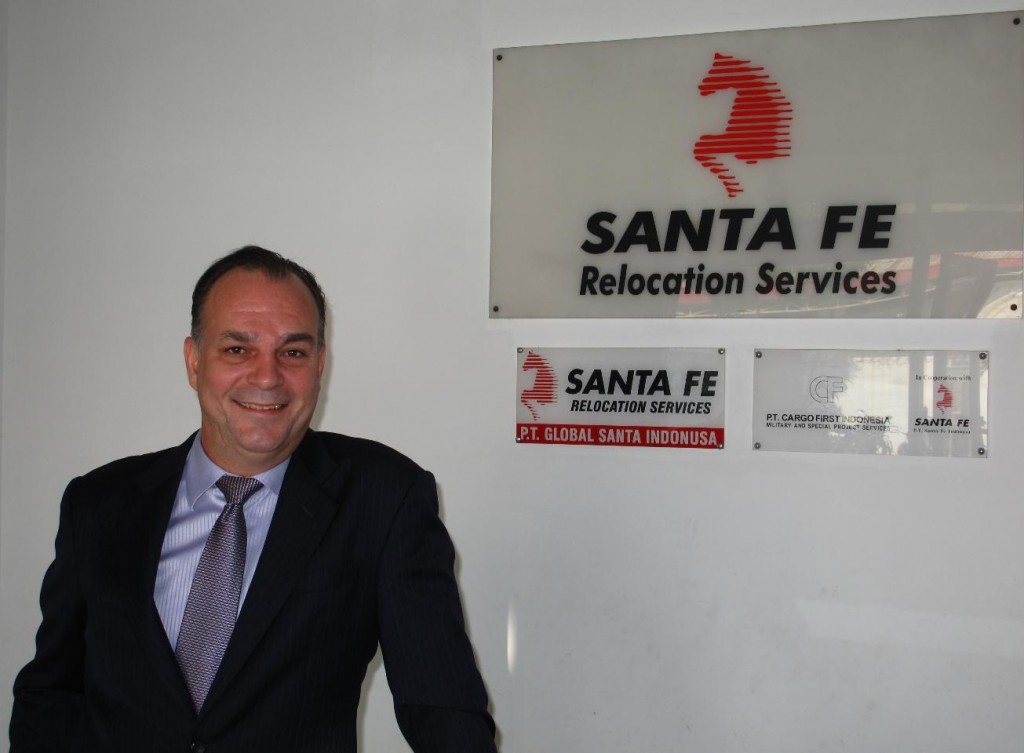 Our latest trip to Singapore with my daughter was a real eye opener. We were there to find student accommodation for her first year undergraduate studies in Singapore as the college dorm rooms were limited and she had not been offered a place there. The student accommodation we found was generally expensive, poorly furnished and sometimes just unpleasant.
Our latest trip to Singapore with my daughter was a real eye opener. We were there to find student accommodation for her first year undergraduate studies in Singapore as the college dorm rooms were limited and she had not been offered a place there. The student accommodation we found was generally expensive, poorly furnished and sometimes just unpleasant.
First stop was at the college student services who gave us a long list of alternative accommodation options registered with the institution. We mapped out the options on a map based on price (from SGD 400/mth – 1200/mth) and proximity to her institute – LASALLE College of the Arts.
Early next morning after calling all the identified hostels we set off, guided by Google maps guiding us on our tablet PC.
The first stop was the most recommended option by the student services staff and it was for lack of a better term – a dump. A long 15 minute walk from the closest MRT, it had 3 floors of double and triple sharing rooms. The door opened to the all-in-one service area with a washing machine, cooking stove and wash basin adjoining a tiny bathroom. In fact the bathroom was so tiny that one would need to stand really close to the pot to shower. Further ahead was the
main room with metal framed beds, study tables and wardrobes and barely any space to move in between. It was really depressing. Free Wi-Fi was provided, but in addition to room rent required shared utility bills. It had no common areas and was managed by just one lady in the management office.
Some other places we saw were even worse with cramped, dirty rooms and varying stages of disrepair. It seemed as if the oldest buildings had been converted into money making hostels. The one
that we felt was better than the other choices, Global residences at Tiong Bahru (managed by the Katong Group of Hostels), consisted of 3 double sharing bedroom apartments with a large living room and separate kitchen and service area. The only downside was that it had only one bathroom between six residents. For lack of a better option, we booked a room here as it had easy bus and MRT access with shopping facilities just 5 minutes away.
While sharing our experience with friends we were pointed to an online site www.easyroommate.com.sg. With the stress of sharing a single loo with 5 other roommates, we decided to try this online service and signed up for a month’s subscription. From the very next day my mailbox was flooded with interest from prospective roommates/housemates. As I had signed up on behalf of my daughter as an 18year old looking to share room, there was interest from a lot of men — Eeeeeks. Also there were a lot of ‘small’ rooms available in great condos with facilities such as pool, gym, BBQ pits etc. On closer inspection, these small rooms were in fact maid rooms, for which SGD 700 upwards excluding utilities was being charged to house-sit the condo with the owner not in residence.
Other apparently attractive options – Salegie apartments were being offered which are only 2 mins walk from the school. On closer inspection and site visit by a friend in Singapore, learned that these were the smallest rooms she had ever seen. The already small rooms of the apartments had been further divided into two with a plywood wall such that the single room air conditioner was divided into two with the remote kept outside. It was so cramped that if the folding table fixed to the wall was setup, one could not move around.
HDB apartments and condos that offer ‘common’ rooms for rent also need to be vetted with respect to other residents, locality and finally the mystery roommate. These are generally on yearly contracts. It is indeed a roll of dice and you stand to lose the usual one or two months deposit if you choose to move out before completion of the contract period.
The other disadvantages of the online sites is the lack of real photographs and complete information. Currently due to scanty information, one needs to personally visit the room, meet the other residents, see the locality and then take a decision. Whereas, Information on student hostels online is misleading with beautiful photographs and requires personal time and effort to decide on a suitable place to stay.
If you are planning to look for student accommodation in Singapore, my recommendation would be to:
- Search online and create a list of student hostels in Singapore
- Register at easyroomamte.com.sg or any of the other similar sites specific to Singapore and make a list of relevant listings
- Plan at least 3-4 days in Singapore for room hunting
- Get an EZ-link card and check out each place starting from the ones closes to the school. The distance of MRT stations and Bus Stops is a major criteria for decision making.
- Also note proximity to shops and places to eat
In a stroke of good luck, a couple of days prior to moving to Singapore, we received information that the school dorm room was available, and we jumped at it. The room turned out to a really large airy room on the 5th floor. It was clean, comfortable and the bus stop outside the campus connected it to the school with a direct bus. Utilities are included in the room rent along with free Wi-Fi and the comfort of being surrounded with fellow students.
It was definitely a learning experience and totally at odds with my earlier information on student boarding in Singapore for school going children, that I received from parents, students and online research. Live and learn.


















